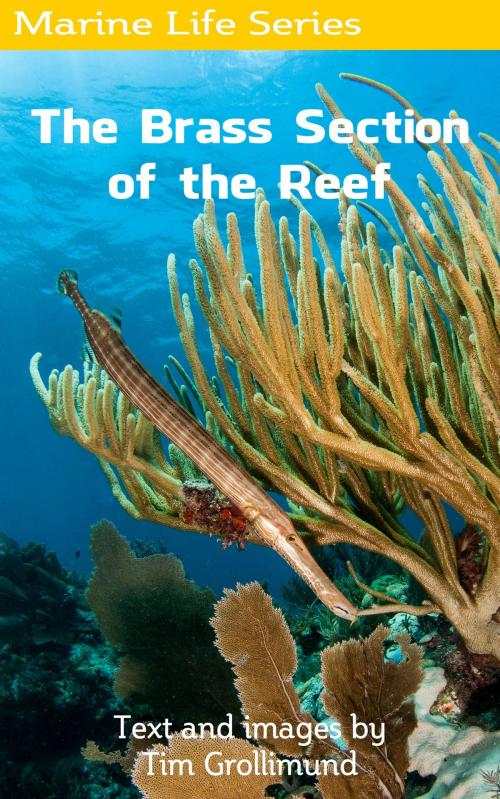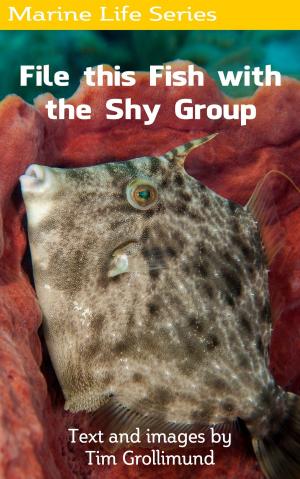| Author: | Tim Grollimund | ISBN: | 9781370224913 |
| Publisher: | Tim Grollimund | Publication: | May 13, 2017 |
| Imprint: | Smashwords Edition | Language: | English |
| Author: | Tim Grollimund |
| ISBN: | 9781370224913 |
| Publisher: | Tim Grollimund |
| Publication: | May 13, 2017 |
| Imprint: | Smashwords Edition |
| Language: | English |
Trumpet fish are part of the Syngnathiformes family. Don’t fret, I can’t pronounce it either. It’s actually quite a large group. Cousins include seahorses, pipefish, sea dragons, shrimpfish, and sea moths. Bony exteriors and small tube-like mouths are characteristics of syngnathids. Like seahorses, trumpetfish males carry the eggs.
The scientific name actually translates as “flute mouth”, which makes more sense to me than the trumpet or cornet appellations. Based on that, what would a trombone fish look like? Maybe its dorsal fin would slide back and forth as a defense mechanism or mating attraction.
They are capable of quick color changes. I have plenty of images of them in their normal brassy brown color, but the yellow and blue phases are spectacular when they choose to display them. I have seen the yellow phase more often than the blue phase. Camouflage for hunting is believed to be a main prompt for color changes.
Trumpetfish hunt using two main techniques - ambush and shadow. Either method can be quite entertaining. When you see a trumpetfish head-down and vertically nestled in a gorgonian or sea whip, ambush mode is on. Watch long enough and you may see it pounce on prey swimming below.
Trumpet fish are part of the Syngnathiformes family. Don’t fret, I can’t pronounce it either. It’s actually quite a large group. Cousins include seahorses, pipefish, sea dragons, shrimpfish, and sea moths. Bony exteriors and small tube-like mouths are characteristics of syngnathids. Like seahorses, trumpetfish males carry the eggs.
The scientific name actually translates as “flute mouth”, which makes more sense to me than the trumpet or cornet appellations. Based on that, what would a trombone fish look like? Maybe its dorsal fin would slide back and forth as a defense mechanism or mating attraction.
They are capable of quick color changes. I have plenty of images of them in their normal brassy brown color, but the yellow and blue phases are spectacular when they choose to display them. I have seen the yellow phase more often than the blue phase. Camouflage for hunting is believed to be a main prompt for color changes.
Trumpetfish hunt using two main techniques - ambush and shadow. Either method can be quite entertaining. When you see a trumpetfish head-down and vertically nestled in a gorgonian or sea whip, ambush mode is on. Watch long enough and you may see it pounce on prey swimming below.















